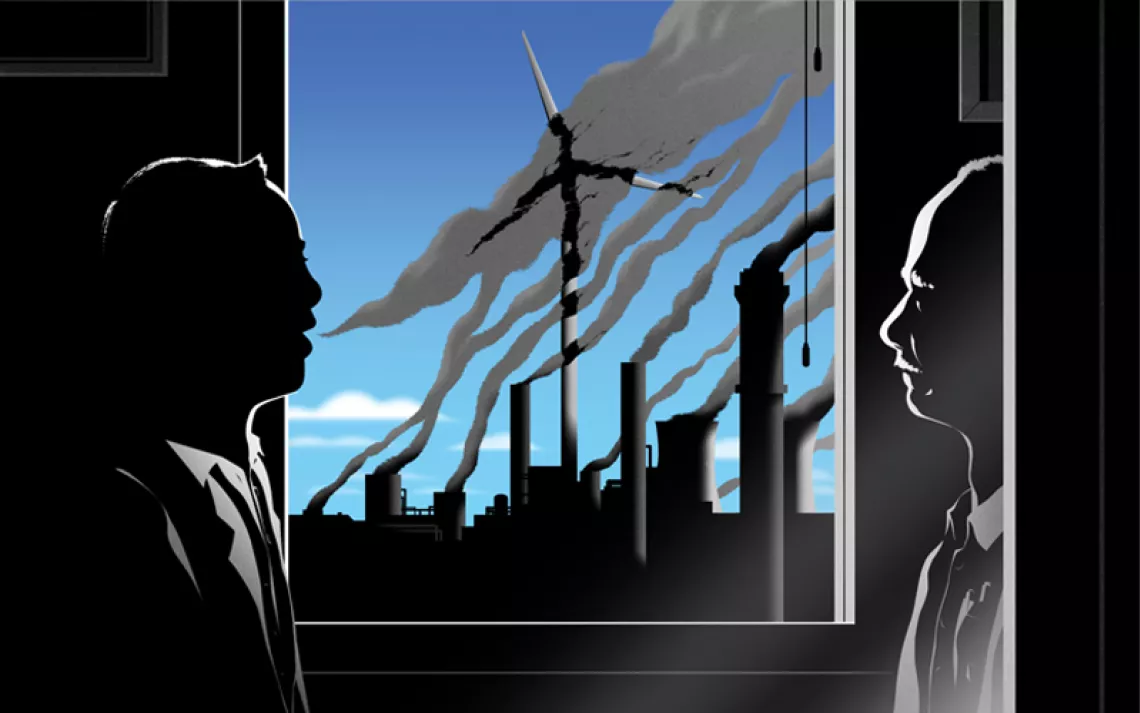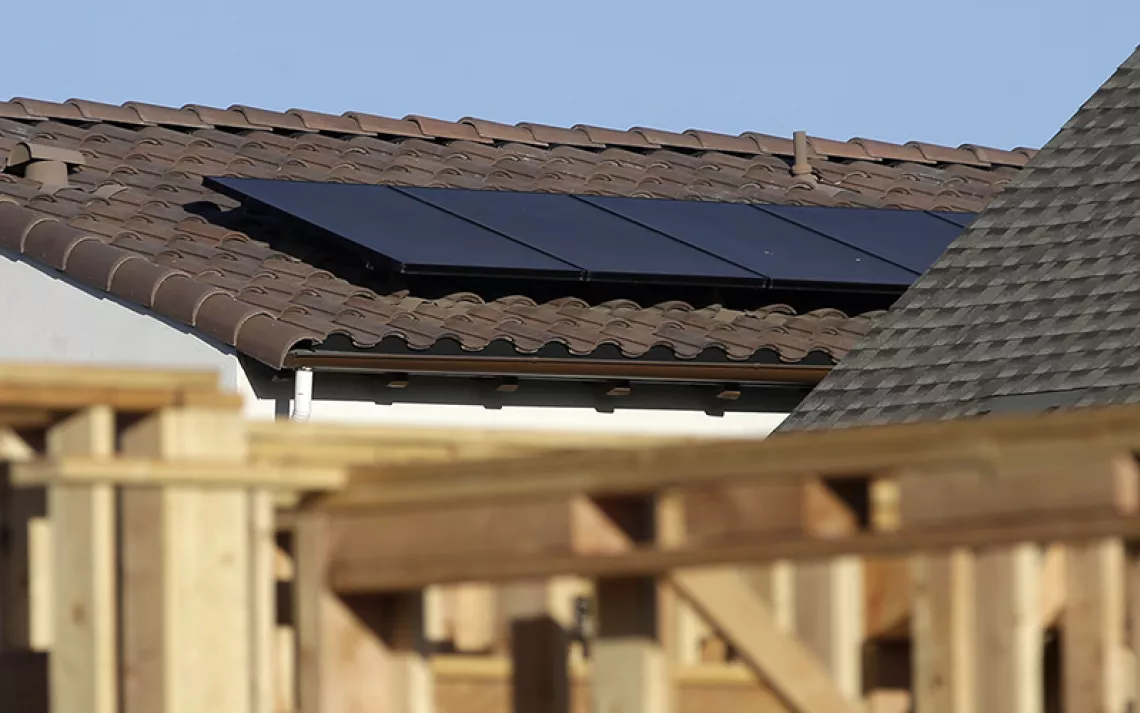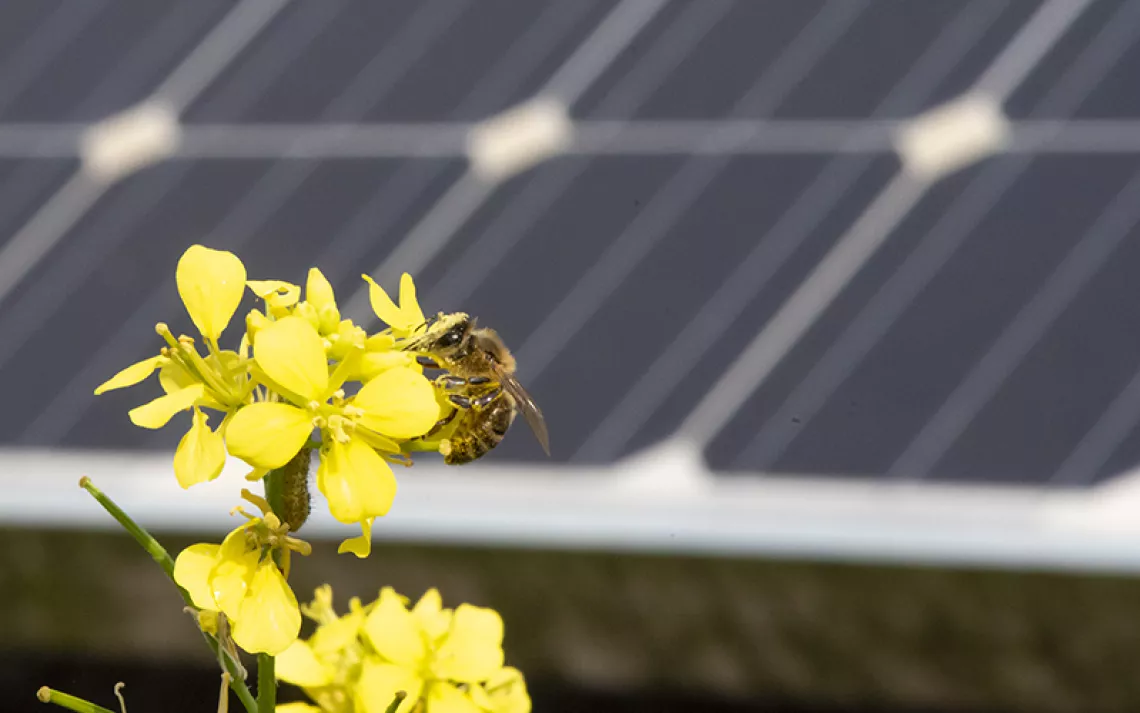Hey Mr. Green! Should I Cut Down Trees For Solar Panels?

Illustration by Little Friends of Printmaking.
Q: We're considering a rooftop solar system, but we'd probably have to remove eight tall oak trees to get sun. Would it be worth the environmental cost of losing those trees and the many benefits they provide?
—Diane in Bloomingdale, New Jersey
A: That's a tough question. Sometimes solar can involve painful tradeoffs. Although we can calculate the amount of greenhouse gases offset by solar panels, other things just can't be quantified—like the sustenance and comfort that trees provide.
Some environmental benefits of trees, however, can be counted. A 30-year-old white oak absorbs some 60 pounds of carbon dioxide a year, while your state tree, the fast-growing red oak, can remove about 240 pounds, according to a U.S. Department of Energy calculator.
If your trees are around 30 years old, they could be soaking up from 500 to 1,900 pounds of CO2 a year, and even more as each year passes. Of course, you can't predict that they will all survive long enough to sequester a significant amount of carbon.
How would solar panels compare? If your panels generated enough current to match the average household electricity use in New Jersey, you'd eliminate the equivalent of up to 10,000 pounds of CO2 per year, says the EPA's Power Profiler. So alas, it's "goodbye trees" if your only consideration is greenhouse gas emissions.
If you want to go deeper, consult the USDA's CUFR Tree Carbon Calculator (bit.ly/treecarbon). This baby allows you to plug in a mind-boggling number of factors, including tree species and size, the cooling effects of shade, your region, and even the age of your house.
 The Magazine of The Sierra Club
The Magazine of The Sierra Club







